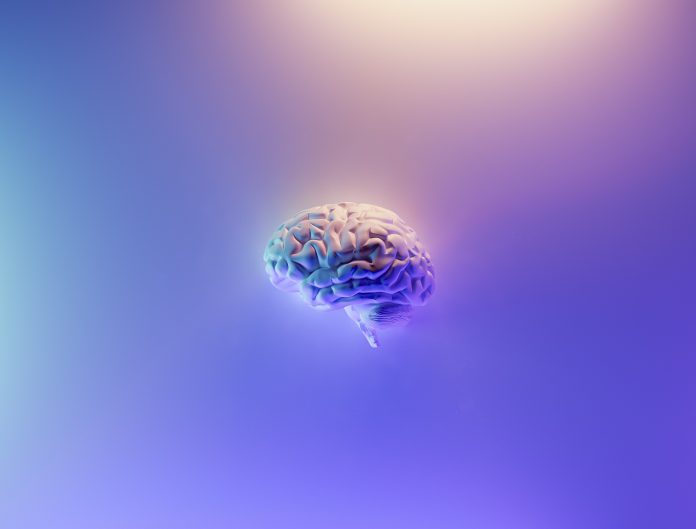The exploration of psychedelics and their effects on the brain has fascinated researchers and neuroscientists for decades.
As the field of psychedelic research expands, we are gaining a more profound understanding of how these substances interact with the brain, neurotransmitters, and neural networks.
In this article, we will delve into the science behind psychedelics, shedding light on their fascinating mechanisms of action based on current research.
Neurotransmitter modulation
One of the key players in the psychedelic experience is serotonin, a neurotransmitter that regulates mood, perception, and cognition.
Psychedelics, such as LSD, psilocybin, and DMT, interact with serotonin receptors, specifically the 5-HT2A receptor subtype, leading to altered states of consciousness.
This interaction results in increased serotonin signalling and the activation of various brain regions involved in perception, emotion, and self-awareness.
Neural network disruption and connectivity
Psychedelics induce a state of heightened neural connectivity and network disruption.
Research using functional magnetic resonance imaging (fMRI) has shown that psychedelics, particularly psilocybin, disrupt the default mode network (DMN), which is associated with self-reflection and mind-wandering.
This disruption leads to increased communication between brain regions that are typically less connected, allowing for novel and flexible patterns of thought.
Effects on the prefrontal cortex and ego dissolution
The prefrontal cortex, responsible for self-identity and ego-related processing, is profoundly affected by psychedelics.
Studies have indicated that psychedelics reduce activity in the prefrontal cortex, leading to a temporary dissolution of the ego and a sense of interconnectedness with the world.
This dissolution allows individuals to experience a transcendent state and gain insights into the nature of self and consciousness.
Brain neuroplasticity and psychedelics therapeutic potential
Psychedelics have been found to promote neuroplasticity, the brain’s ability to reorganise and form new connections.
Research suggests that psychedelics increase the expression of neurotrophic factors and promote the growth of new neural pathways.
This neuroplasticity may underlie the therapeutic potential of psychedelics in treating mental health conditions such as depression, anxiety, and PTSD.
By promoting new connections and perspectives, psychedelics may help individuals break free from rigid patterns of thought and behaviour.
Altered states of consciousness and mystical experiences
The profound altered states of consciousness induced by psychedelics often lead to mystical experiences characterised by a sense of unity, transcendence, and awe.
Neural correlates of these experiences include increased activity in regions associated with emotional processing, sensory integration, and cognitive flexibility.
These mystical experiences are thought to play a significant role in the therapeutic and transformative effects of psychedelics.
Ongoing research and future directions of psychedelics and brain science
The resurgence of psychedelic research has opened up new avenues for understanding their effects on the brain.
Current studies employ advanced neuroimaging techniques, such as fMRI, magnetoencephalography (MEG), and positron emission tomography (PET), to elucidate the precise neural mechanisms underlying the psychedelic experience.
Additionally, ongoing clinical trials are exploring the therapeutic potential of psychedelics for various mental health conditions, further expanding our knowledge in this field.
Psychedelics and brain science: Conclusion
The study of psychedelics and brain science is revealing fascinating insights into the mechanisms underlying altered states of consciousness and their therapeutic potential.
By interacting with serotonin receptors, disrupting neural networks, promoting neuroplasticity, and inducing mystical experiences, psychedelics offer a unique lens through which we can explore the complexities of the human brain and consciousness.
Continued research in this field holds promise for unlocking the full potential of psychedelics.


